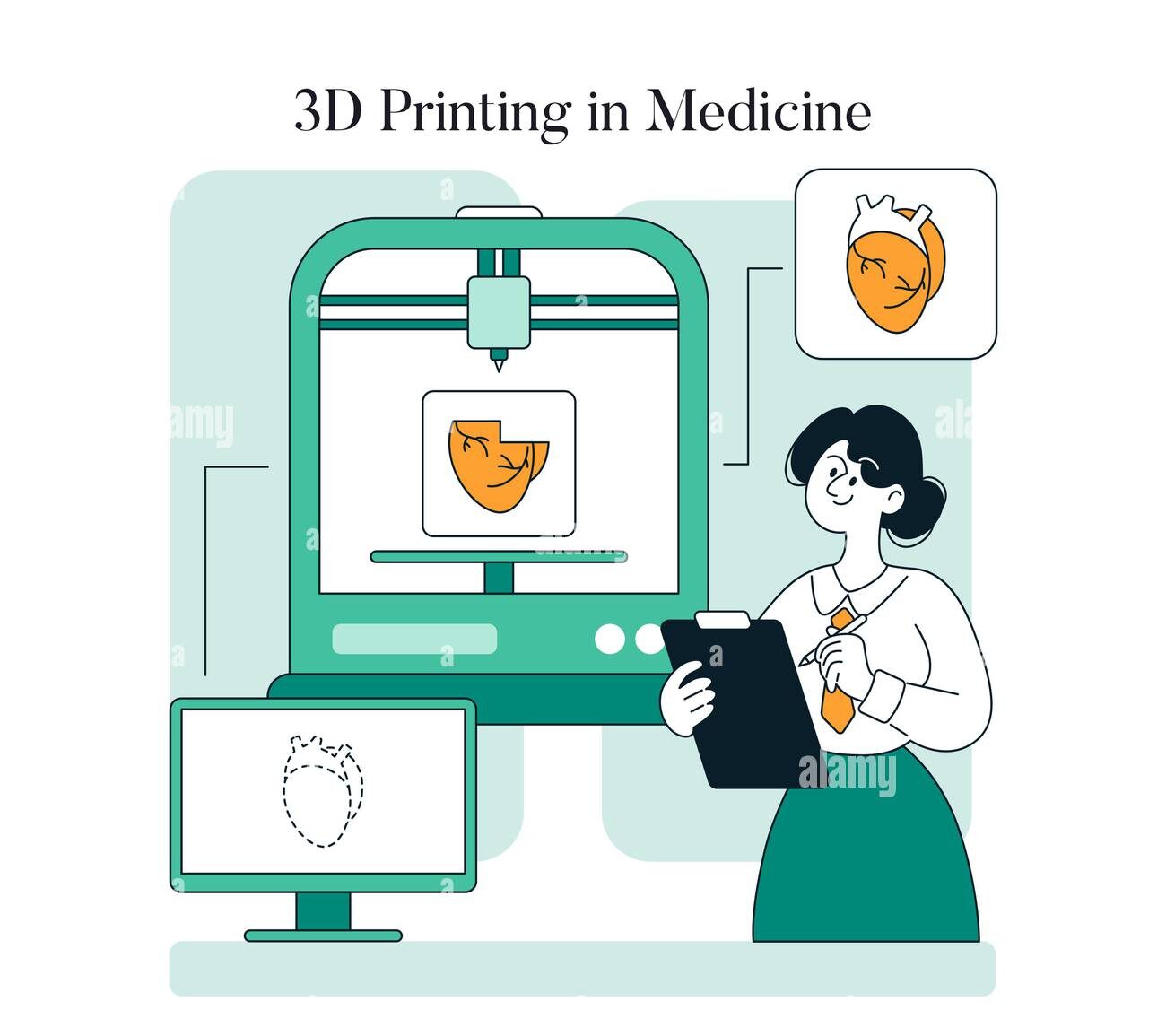
Differences Between DSUR, ICSR, and PSUR in Pharmacovigilance
Pharmacovigilance plays a critical role in ensuring drug safety by continuously monitoring adverse drug reactions (ADRs) and other safety-related concerns. Various reports are used to evaluate drug safety, among which the Development Safety Update Report (DSUR), Individual Case Safety Report (ICSR), and Periodic Safety Update Report (PSUR) are essential. Understanding their differences is crucial for healthcare professionals, regulatory authorities, and pharmaceutical companies.
1. Development Safety Update Report (DSUR)
DSUR is a comprehensive safety report submitted annually during the clinical trial phase of a drug. It helps regulatory authorities assess whether the investigational drug’s benefits outweigh the risks during development.
Key Features of DSUR:
- Required for drugs undergoing clinical trials.
- Submitted annually to regulatory agencies.
- Summarizes safety information from clinical trials.
- Helps in identifying new safety concerns or emerging risks.
- Follows the ICH E2F guidelines.
- Used to decide whether clinical trials should continue or require modifications.
2. Individual Case Safety Report (ICSR)
ICSR is a report documenting a single case of an adverse drug reaction (ADR) or other drug-related issues. These reports are crucial for detecting potential safety signals.
Key Features of ICSR:
- Documents individual patient experiences with suspected adverse drug reactions.
- Includes detailed patient and drug information, such as demographics, medical history, and treatment details.
- Submitted in a structured format following ICH E2B guidelines.
- Required for both clinical trials and post-marketing surveillance.
- Helps identify trends and potential safety concerns.
- Can be spontaneous (from healthcare professionals, consumers) or solicited (from clinical trials, patient registries).
3. Periodic Safety Update Report (PSUR)
PSUR is a post-marketing report that evaluates the benefit-risk profile of a marketed drug at regular intervals. It provides cumulative safety data to regulatory authorities.
Key Features of PSUR:
- Required for approved drugs in the market.
- Submitted at predefined intervals (e.g., every six months, annually, or as specified by regulatory agencies).
- Provides an overall assessment of the drug’s safety profile.
- Includes cumulative ICSR data and literature reviews.
- Helps in regulatory decision-making regarding drug labeling, restrictions, or withdrawals.
- Follows the ICH E2C guidelines and is now replaced by the Periodic Benefit-Risk Evaluation Report (PBRER) in many regions.
Summary of Differences
| Feature | DSUR | ICSR | PSUR |
|---|---|---|---|
| Purpose | Safety reporting during clinical trials | Reporting individual ADR cases | Post-marketing safety evaluation |
| Submission | Annually during clinical development | Case-by-case, as events occur | Periodically after drug approval |
| Scope | Cumulative safety data from trials | Single patient case reports | Overall benefit-risk evaluation |
| Guidelines | ICH E2F | ICH E2B | ICH E2C (PBRER) |
| Regulatory Requirement | Required for investigational drugs | Required for all drugs | Required for marketed drugs |
Each of these pharmacovigilance reports serves a distinct purpose in ensuring drug safety at different stages of a drug’s lifecycle. DSUR focuses on clinical trial safety, ICSR documents individual adverse events, and PSUR evaluates the overall risk-benefit profile of an approved drug. Understanding these reports is vital for pharmaceutical professionals, researchers, and regulators in maintaining drug safety and protecting public health.


























































